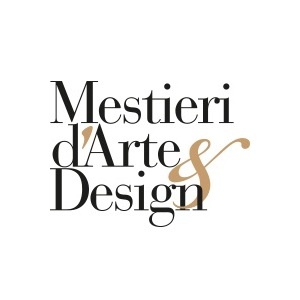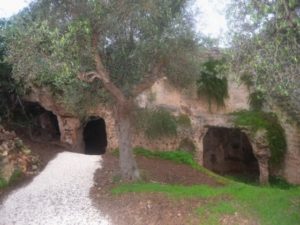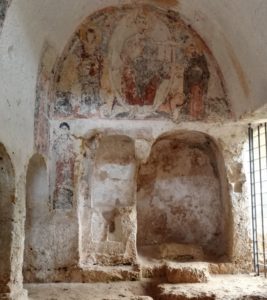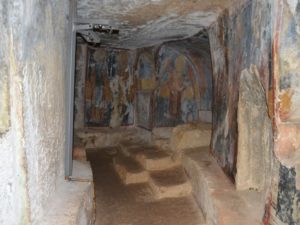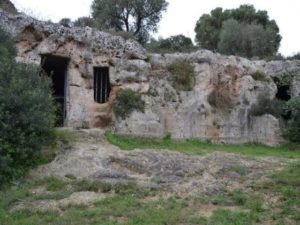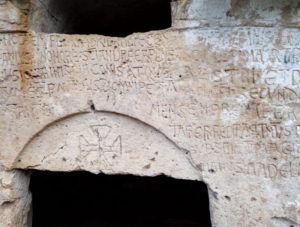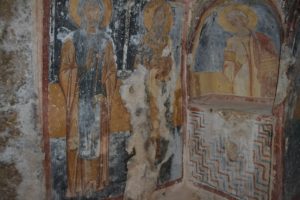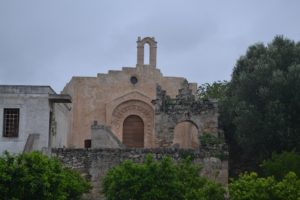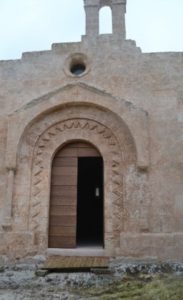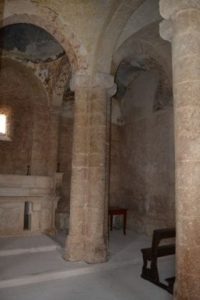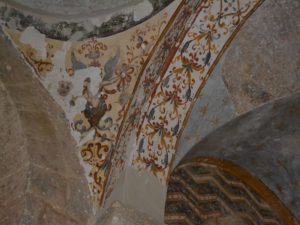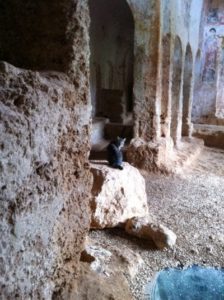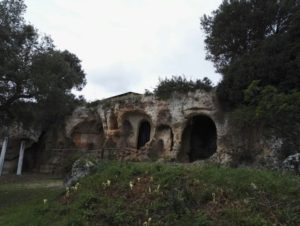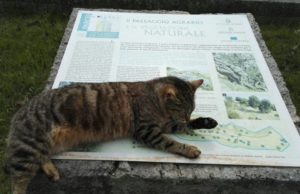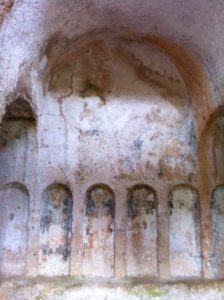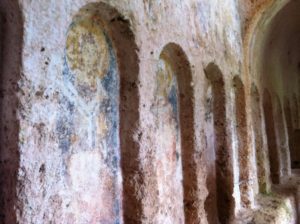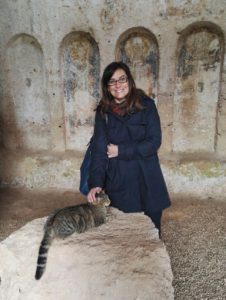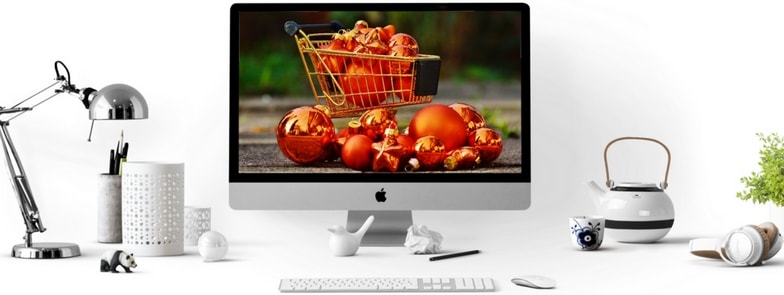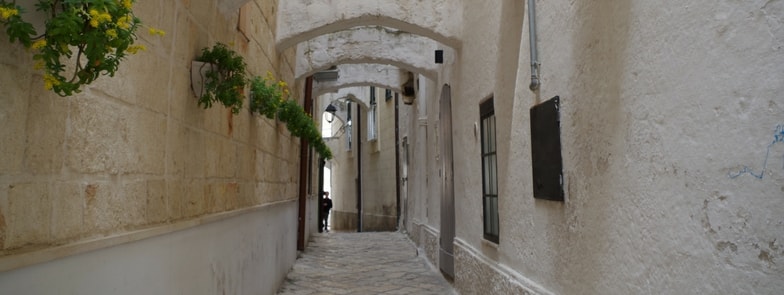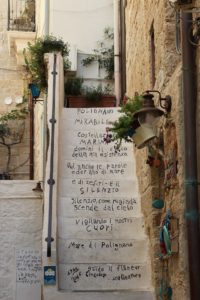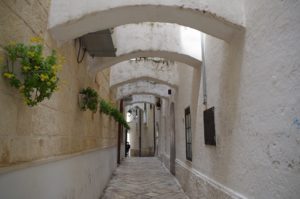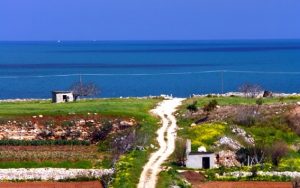DEFENDING ITALY’S SAVOURS.
A manufacturing reality made of small and medium-sized enterprises, the result of an ancient tradition founded on high quality also thanks to unique objects.
it is a news by www.mestieridarte.it
Since we entered the European Union we have been told that we must cope with the globalization of markets, that we have to produce great quantites of standardized products in order to conquer ever wider markets and compete with the great multinationals.
But it is also true that Italy’s production is characterised by small and medium-sized enterprises, companies developing their own independent way by concentrating on “small production” and thus creating a completely different trend to the one mentioned above.
This evaluation relies also on quality, original brand and numbered production (such as with many of our wines); thus we can say that a battle is going on inside large-scale production and another in the small segment linked with local cultures and tradition. It is like reading again the cultural battles and the controversies of the late Seventies, when radical designer, interested in local realities, rural cultures and suburban experiences, counterpoised themselves to globalised design (good for every place and linked with an interpretation of our society as depending on one big supermarket).
Hence yesterday is like today. Our “tastes” try to keep their own identity and the hundreds of Italian cheeses, wines, salamis and vegetables find ever more supporters engaged in trying to avoid their disappearing from the market and thus from our table and from the international tables of those appreciating the products of Italian cuisine. The worlds of design, applied arts and craftsmanship have the same problem.
Hence the advice to develop a way to co-operate. “Artistically and perfectly made” objects for our “unique” savours. Two worlds, two production realities we could save through co-operation, based on knowing that both productions described above belong to our “material culture”. A consciousness often lacking.
This would allow the growth of objects expressing identity, belonging, origin, exploiting the success of one of “our” products already enjoying a good success on markets. Consider the wine flask in Empoli grass for our Chianti, the large-sized dishes made in Vietri for our Neapolitan pizza, Grottaglie ceramics for our strong-tasting olive oil produced in southern Italy, or Nove ceramics for our delicate oil from the Garda lake, and Deruta ones for our prestigious Tuscan oil and so on. Many objects for the many products making us world-renowed.
Themes who are linked with food introduce the common dilemma of choosing between globalisation and localisation. We will probably have to work on both sides even though our culture, our traditions and land turn us towards plans oriented towards localisation and our many genii loci.
Why not propose an exhibition where food consumption is associated to the different domestic rituals that make up our (everchanging) daily life, not necessarily focusing on the traditional division of meals, breakfast, lunch and dinner? And at the same time evaluate instruments, products and food conveying Italian diversities through the projects? From tablecloths (fabrics and patterns from Romagna, Abruzzo, Sardinia…) to ceramics (from Grottaglie, Vietri sul Mare, Caltagirone, Deruta, Faenza, Nove, Santo Stefano di Camastra…), glass (Murano, Colle Val d’Elsa, Empoli…), stone (from Apricena and Lavagna, steatite…) and then silver, porcelain, wicker, wood… up to interior design objects.
It is a opportunity to test the many possible links between our manufacturers of objects (artisans and small enterprise) and producers of food, to create and renovate synergies while opening to new possibilities of development and communication.
Written by Ugo La Pietra for magazine Mestieri d’Arte & Design, Anno I, Numero 1, Dicembre 2012, pag.34-35;
(link: www.issuu.com)
Mestieri d’Arte & Design is an editorial project dedicated to the excellence in Italian and international artisanship, to its origins and to its relationships with creativity and style. Not only stories and products but also materials, techniques, ateliers, schools are narrated onto its pages. And above all, the masters: the artisans.
You can read all volumes of magazine Mestieri d’Arte & Design
(link: www.mestieridarte.it)It is a project by Fondazione Cologni dei Mestieri d’Arte (link: www.fondazionecologni.it) and Symbol s.r.l. (link: www.arbiter.it)
photo credits
(link: www.pixabay.com)
#Tipici
#Puglia #Basilicata

